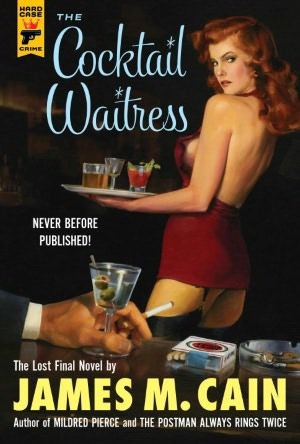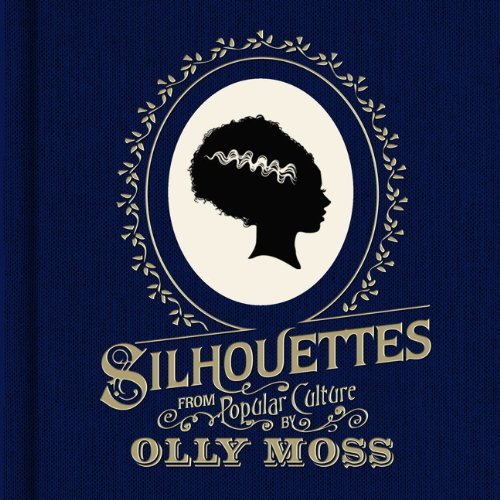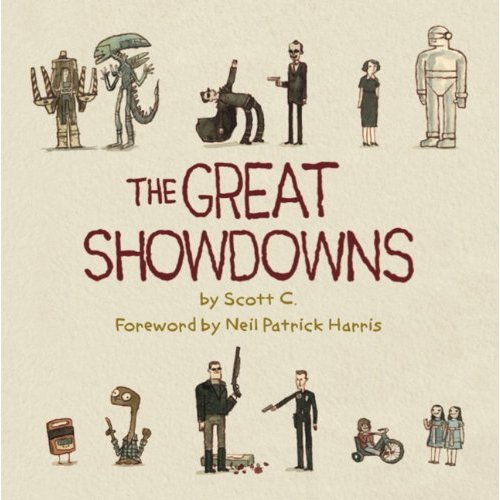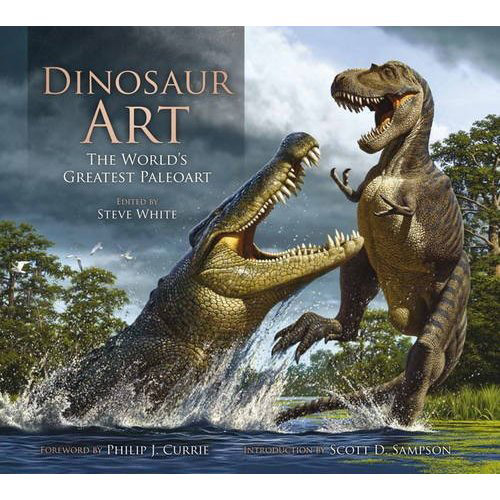
Joan Medford is desperate. At only 21-years old, and a newly-widowed woman with a young son to raise in 1960s America, she doesn’t have a lot of options. So Joan leaves the toddler to stay with her wealthy, scheming, barren sister-in-law, while she gets back on her feet. This means taking a job as a cocktail waitress in a restaurant down the street. She accepts the job’s shortcomings – the skimpy attire, the seedy customers, and the ugly underbelly of what some girls do to make a living – because she needs the money. Luckily, she has the assets – a quick tongue, a nice figure, and enough moral flexibility – to bring home the bacon. Before long she’s back on her feet and doing better than ever; definitely better than when her deadbeat, drunken husband was still alive. Now if only she could get these pesky detectives off her case, who refuse to let the odd circumstances of the accidental death of Mr. Medford go with him to the grave.
At the bar, Joan attracts the attention of two men: the older, richer, sickly Earl White III, and the younger, poorer, slicker Tom Barclay. While White gives her everything a woman needs, Barclay gives her everything a woman wants. Torn between the two men and the two sides of herself, Joan must decide which is more important. Unless she can find a way to have her cake and eat it too, of course.
The Cocktail Waitress is the last book of James M. Cain, author of classic noir novels such as Double Indemnity, Mildred Pierce, and The Postman Always Rings Twice, among many others. Although he was at his peak in the 1930s and 40s, Cain continued to have new books published up until and even after his death in 1977. However, The Cocktail Waitress is a special case, in that it was an unfinished manuscript that lay around in various stages of completion, until editor Charles Ardai, a mystery writer with an impressive bibliography of his own, brought the pieces together and tried to mold them into a cohesive story. And I’d say he succeeds.
Read More





